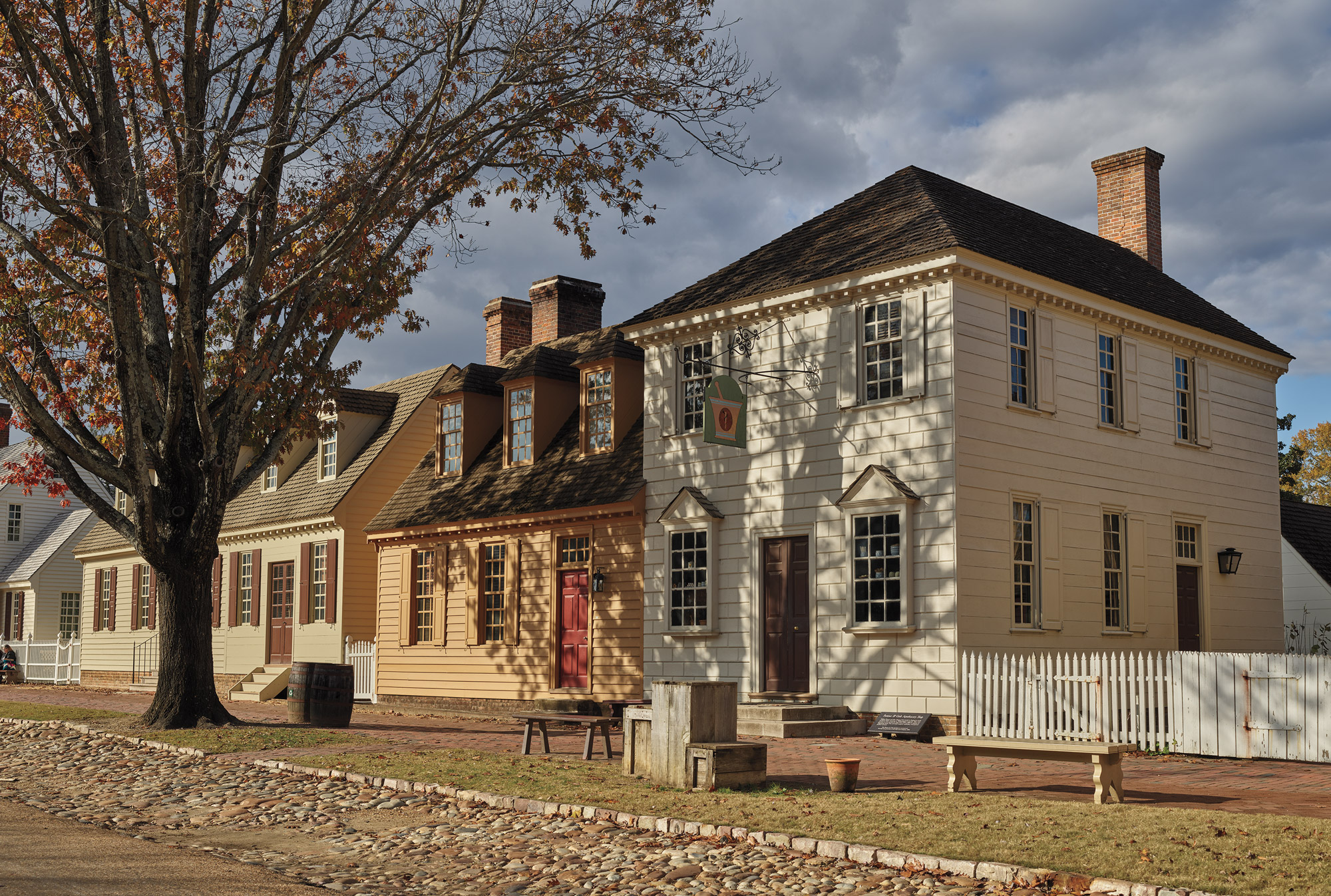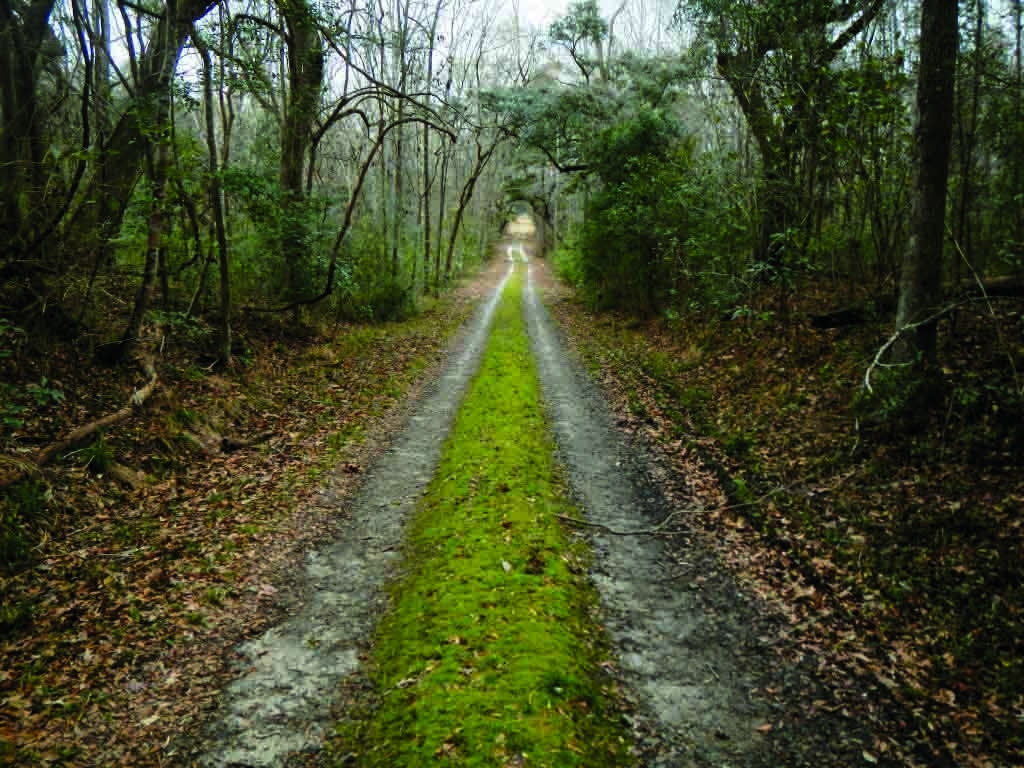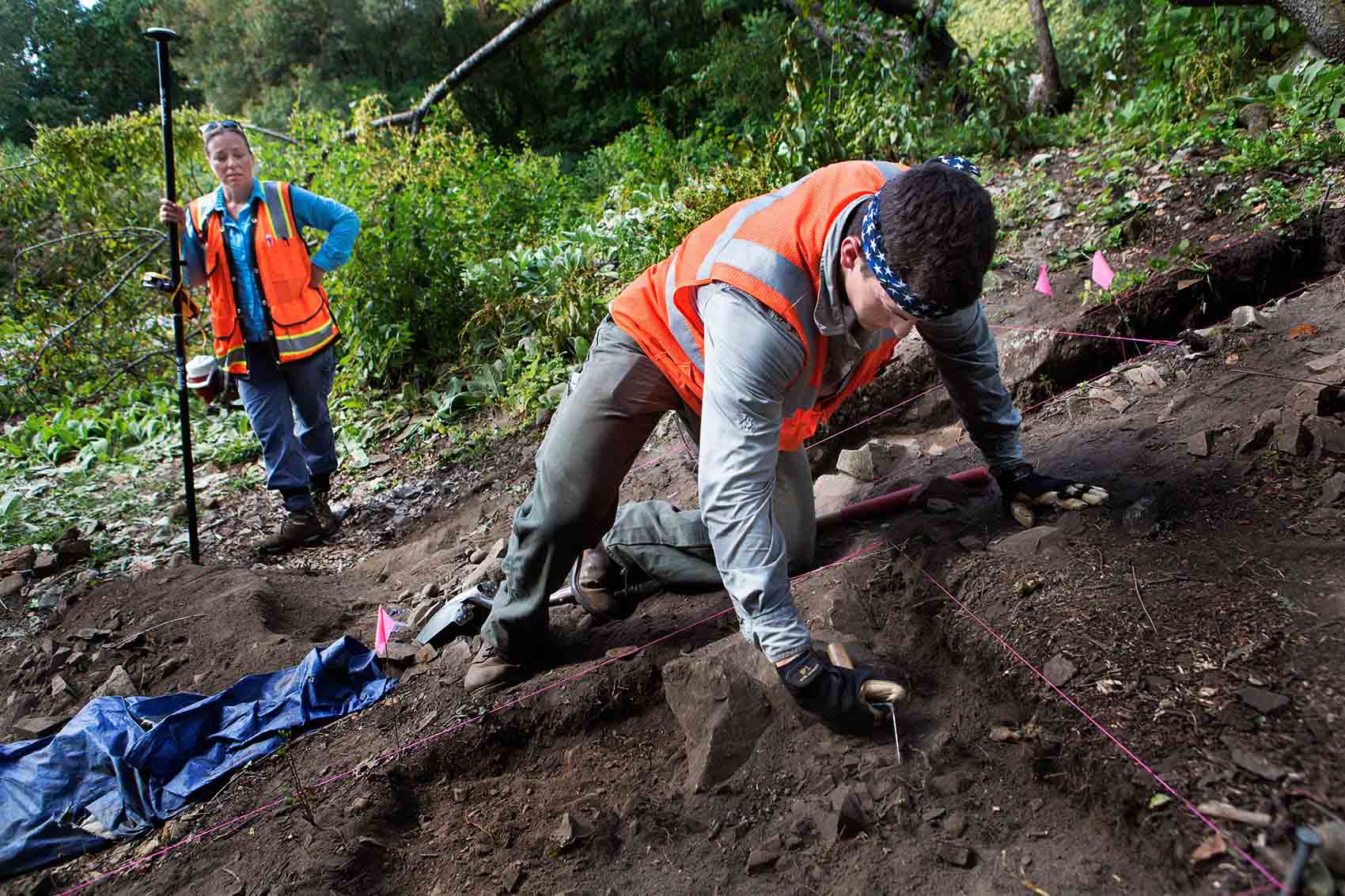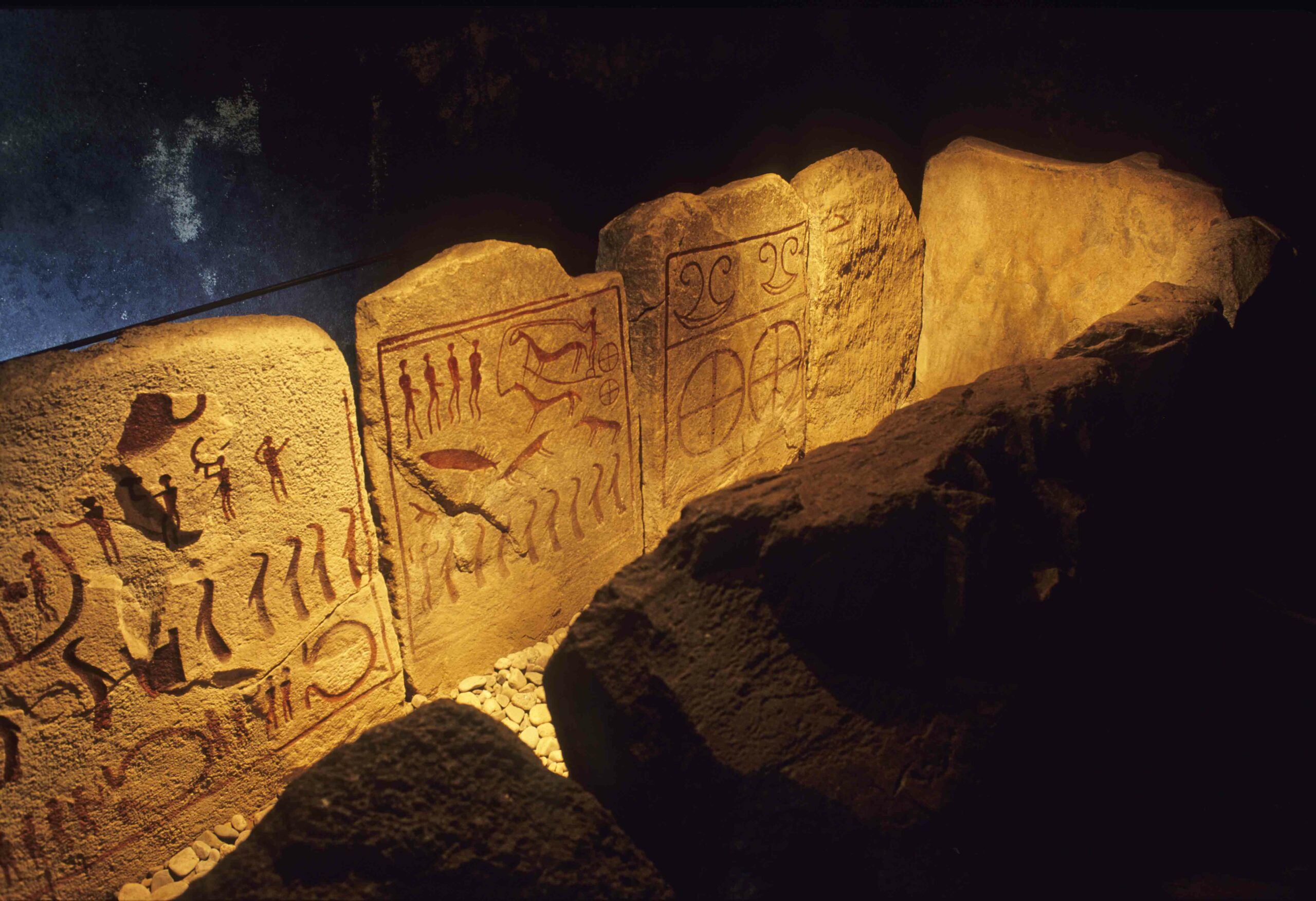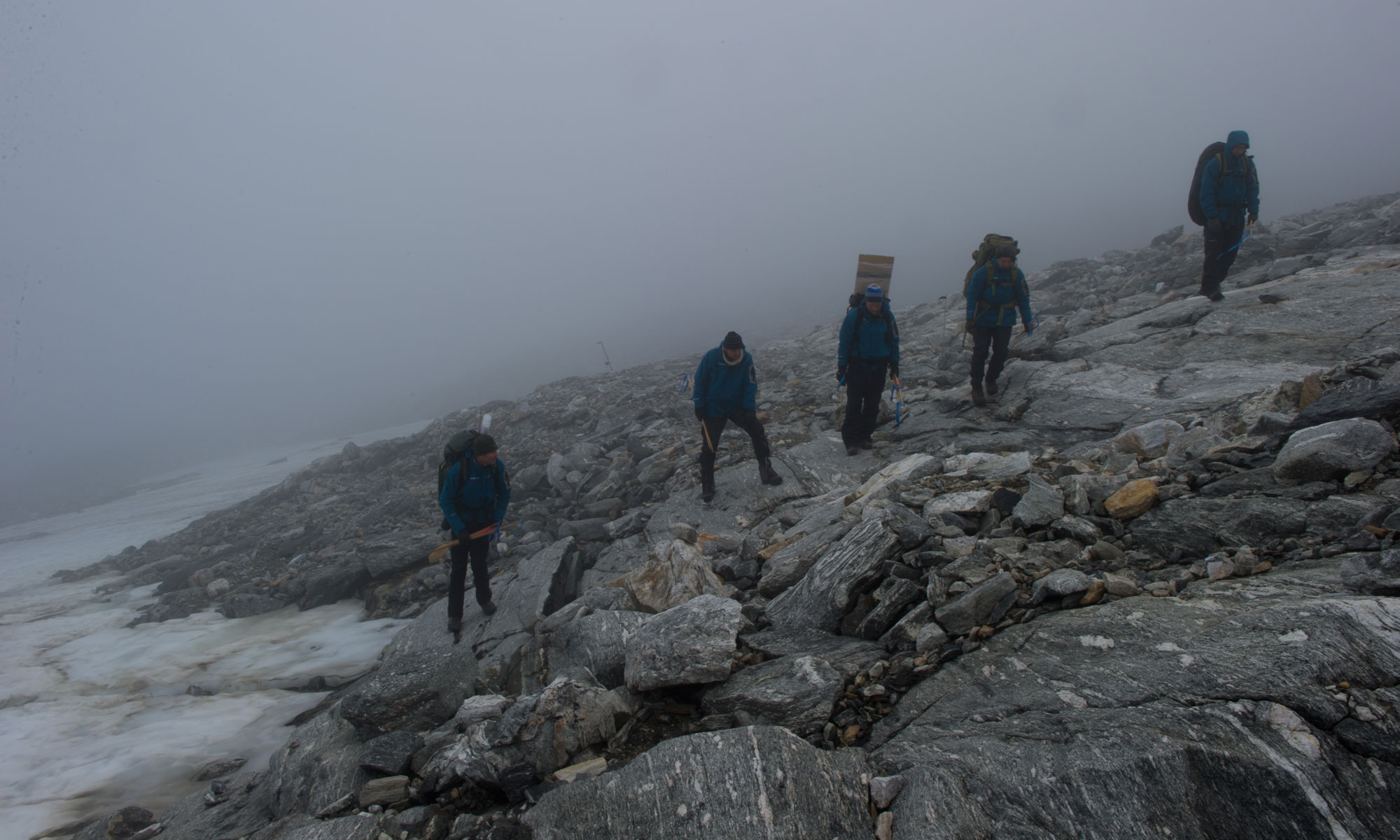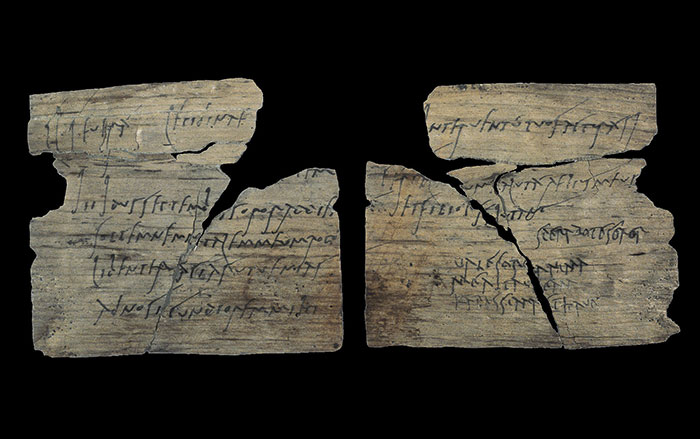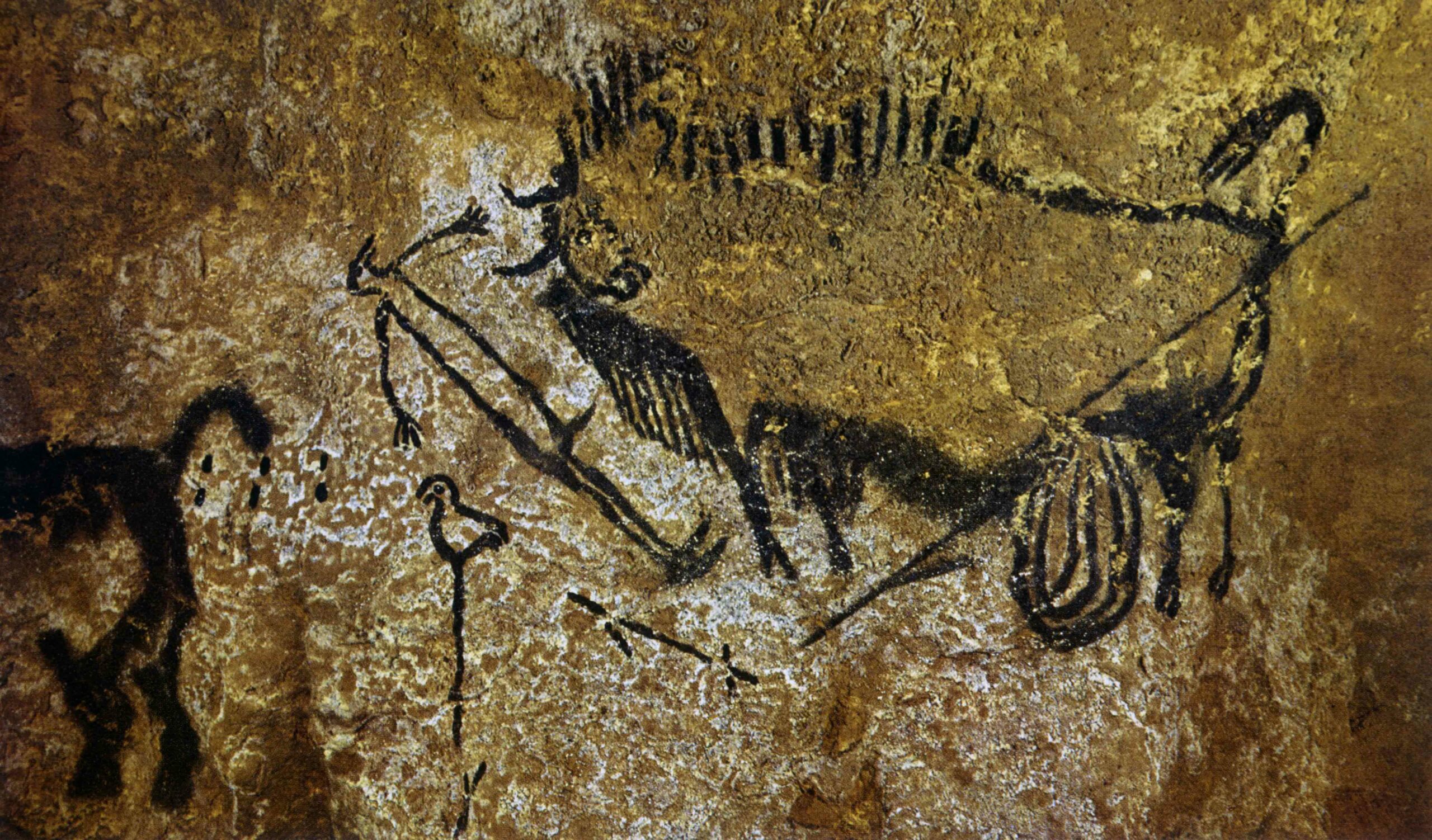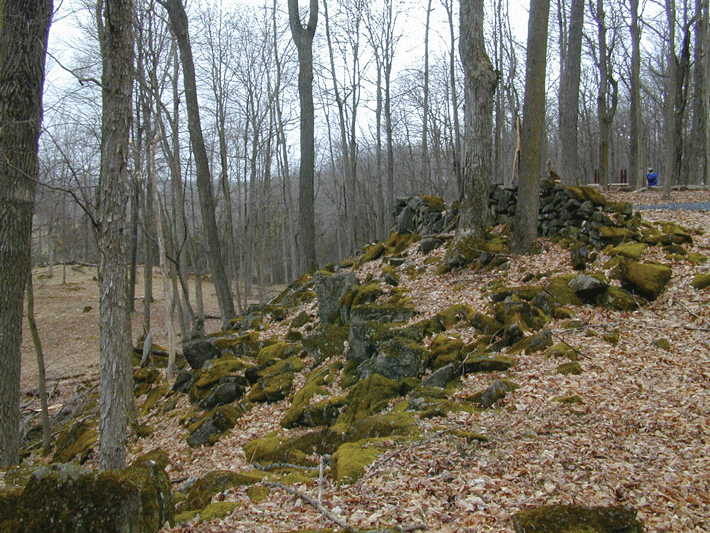
Starting in July 1776, American troops under General Philip Schuyler built a massive fort on Rattlesnake Hill, overlooking Lake Champlain in western Vermont. The purpose of the fort, along with the old French Fort Ticonderoga across the narrows in New York, was to prevent a British invasion from Canada. On July 28, the Declaration of Independence was read to the assembled soldiers, and the hill acquired the name it holds today: Mount Independence. In early July 1777, the British drew close. With too few American soldiers, Major General Arthur St. Clair and his officers decided to withdraw. Though there was an uproar about the loss of the forts, this decision, and a successful rearguard action at the Battle of Hubbardton, saved the American Northern Army for later victories at Bennington and Saratoga. Today, Mount Independence is a Vermont State Historic Site and one of the best-preserved Revolutionary War–era archaeological sites in America. According to Elsa Gilbertson, the regional historic site administrator, the history of the site is visible among hundreds of acres of forests and meadows.
The site
The fort at Mount Independence was a three-level defensive system that made use of the rugged topography. There were batteries, a star-shaped fort with barracks, three brigade encampments, the largest American hospital built during the Revolution, blockhouses, storehouses, wharves, and a bridge to Fort Ticonderoga. Along six miles of hiking trails, visitors can see the remains of many of these structures, as well as stunning vistas of Lake Champlain. In 1996, a museum was built there in the shape of a bateau, a flat-bottomed boat commonly used during this period, to symbolize the strategic and economic importance of Lake Champlain. Exhibits lay out the role of Mount Independence and the life of its soldiers through artifacts excavated there, including a cannon, logs from the bridge, ammunition, construction tools, buttons, cuff links, and medicine cups.
While you’re there
The town of Orwell in Addison County is full of historic buildings, including the unique First National Bank of Orwell, which has been in business at the same location since 1863. The charming bandstand on the green is perfect for a picnic. Visitors can continue on to the Hubbardton Battlefield State Historic Site to see where the Americans, British, and Germans fought after the withdrawal from the forts. And to the north is the Chimney Point State Historic Site, the location of a 1731 French fort.


